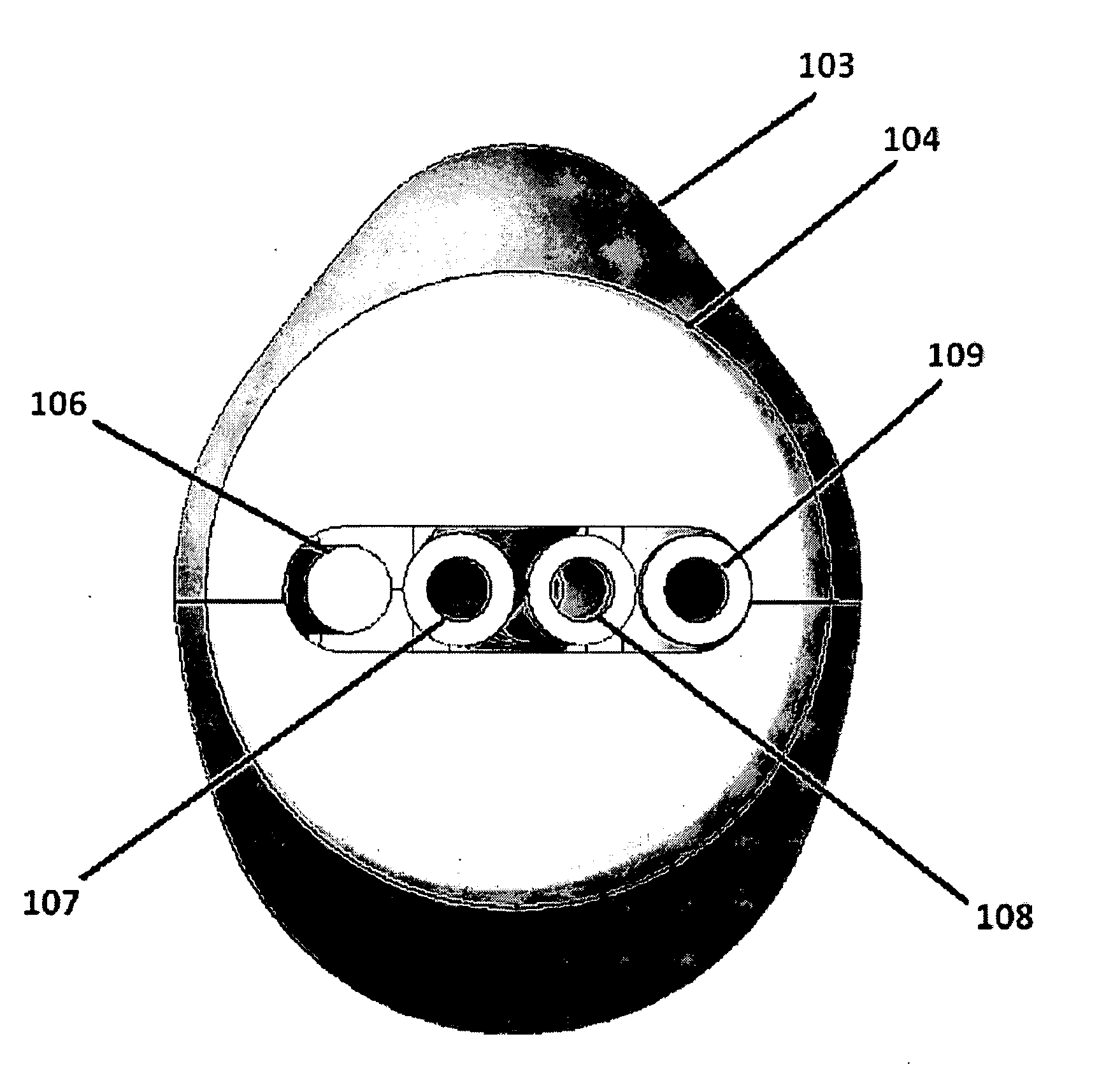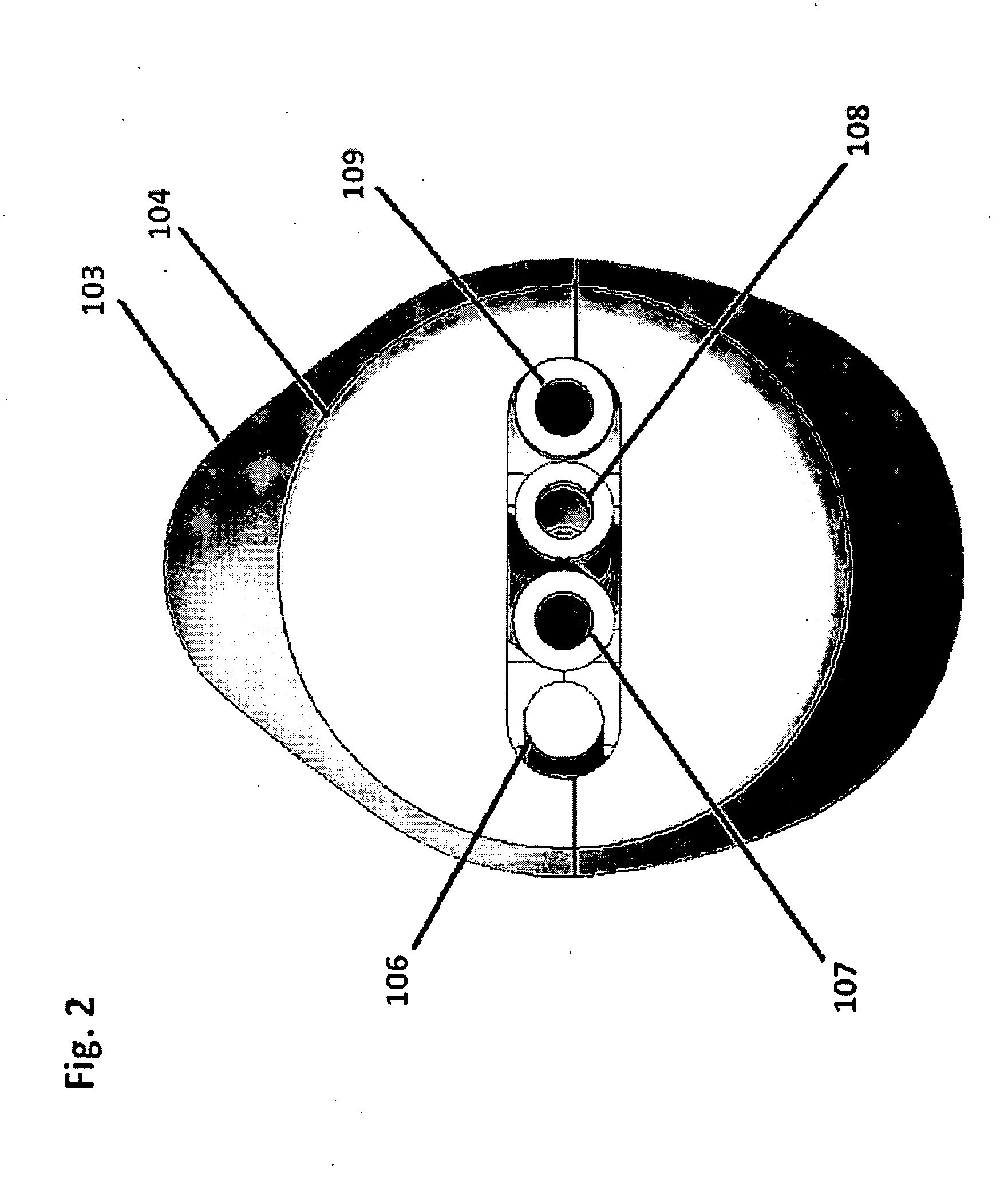BPH causes
urination problems when an enlarged prostate presses against the
urethra narrowing the canal.
Drugs often have side effects and must be taken long-term for continued effectiveness.
The application of energy is usually overbroad and results in
ablation-induced collateral damage and
necrosis (
cell death) of healthy urethral tissue.
However, overly aggressive
scar tissue proliferation occasionally results in some individuals, and can have side effects including
seminal vesicle blockage (leading to reverse ejaculation, dry climax, etc.) and an increase in volume that creates pressure and undermines the achievement of
volume reduction in the prostate.
The widening with both TURP and
LASER damage the bladder's muscular structure that can lead to bladder incontenence and can also reduce or eliminate the bladder neck's ability to constrict upon
sexual stimulation / ejaculation allowing the ejaculate to travel in reverse into the male's bladder, thus yielding him with reverse ejaculation.
Relying on the body to reabsorb or otherwise dispose of severed, damaged and / or dead tissue is risky and inconsistent as all patients heal differently.
Other potential challenges are that the tissue can fail to disintegrate properly and can be transported to other regions of the body to cause complications there from blockage (i.e.
thrombosis, lumen
occlusion, obstruction at junctions to interfere with natural drainage, pressure accumulation etc.).
These include overbroad generation of heat that necroses
healthy tissue also and unpredictable heating patterns and
radiation lengths that are not easily adjusted (1:65-3:3).
However, this is not always essential and these dilators need not be
balloon dilators but can include other means such as dilating trocars with progressively increasing diameters.
Conventional surgical systems for removal of the prostate (prostatectomy) are bulky and expensive and their use generally results in the loss of
fertility.
age. TURP and
LASER both have significant side effects, such as reverse ejaculation and pain / discomfort upon
urination, as a result of built-up
scar tissue and damage to the bladder neck's muscula
Although a suction
system for tissue removal during the procedure and a port for injecting medicinal fluids are briefly disclosed, there is no enablement as to potential or optimal designs or how these would operate in conjunction with the rotating cutter (3:38-42, 8:10-18).
However, the published application does not teach mechanical cutting /
coring with a sharp blade and thus does not include this component in any of the combinations.
The blade has a “relatively straight cutting edge” and the disclosure actually teaches away from a curved blade finding this does not match up well with the shape of lumens (at least in arteries) resulting in cutting into the lumen too deeply in parts to create an uneven inner surface (see Abstract, claim 5, 3:59 and 1:53-2:8.)
Thus, the common approaches to BPH treatment are not minimally invasive and result in trauma to and the removal of the urethral lining, crucial bladder neck musculature, and the prostate's
capsule, as well as an unnecessarily large section of the prostate or the entire prostate.
Common approaches damage the urethra which results in
scar tissue that may occlude the
seminal vesicle with the reduction or potential loss of
fertility and possibly increase the potential for reverse ejaculation, resulting from the blockage and reduced smooth lining of a natural urethra.
Damage to the smooth lining of the urethra caused by these approaches results in increased pain, discomfort, extended catheterization, additional time off from work (
recovery), increased dependence on pain medications and extended (and expensive) in-patient hospital stays.
Mechanical cutting /
coring prostate tissue has remained largely unconsidered recently.
The reference art that does deal with mechanical cutting
atherectomy probes for the prostate is old, crude, and rigid.
Minimally invasive therapies are not without side effects.
The study found a statistically significant association between ejaculatory dysfunction and an adverse
impact on sexual activity following the procedures.
However, there was no correspondingly significant change post-procedure in either sexual desire or
erectile function with these same therapies.
The longer an individual with a developing hypertrophic prostate waits before having
surgery (to remove the hypertrophic portion) the more likely it is the hypertrophic tissue will begin to obstruct the bladder neck which leads to all sorts of complications as the bladder reacts to try and achieve a higher pressure to pass fluid through the constricted neck.
As the body reacts to the obstruction the internal and external sphincters can also be damaged and worn down.
The loss of involuntary
muscle response that accompanies damage to the internal
sphincter generally cannot be reacquired through training (whereas training is sometimes effective to reverse damage to voluntary muscles).
Thus, damage to the internal
sphincter from waiting too long for
surgery and / or from other less selective procedures can cause irreversible reverse ejaculation.
 Login to View More
Login to View More  Login to View More
Login to View More 


